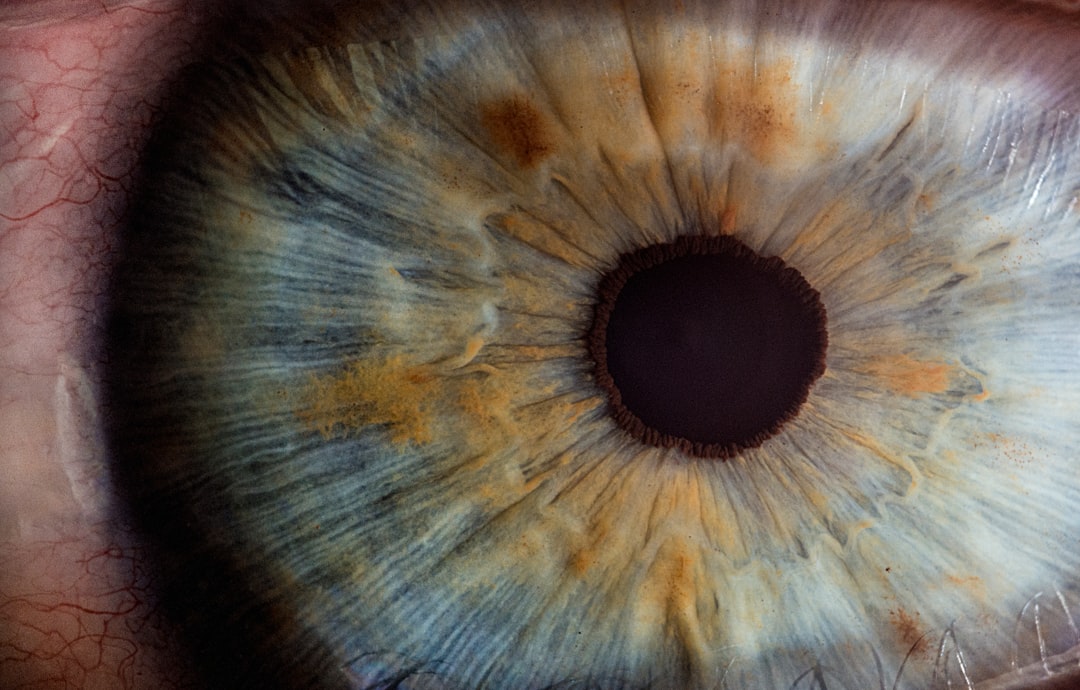What is it about?
In this paper, we present a four-layer distributed simulation system and its adaptation to the Material Point Method (MPM). The system is built upon a performance portable C++ programming model targeting major High-Performance-Computing (HPC) platforms. A key ingredient of our system is a hierarchical block-tile-cell sparse grid data structure that is distributable to an arbitrary number of Message Passing Interface (MPI) ranks. We additionally propose strategies for efficient dynamic load balance optimization to maximize the efficiency of MPI tasks. Our simulation pipeline can easily switch among backend programming models, including OpenMP and CUDA, and can be effortlessly dispatched onto supercomputers and the cloud. Finally, we construct benchmark experiments and ablation studies on supercomputers and consumer workstations in a local network to evaluate the scalability and load balancing criteria. We demonstrate massively parallel, highly scalable, and gigascale resolution MPM simulations of up to 1.01 billion particles for less than 323.25 seconds per frame with 8 OpenSSH-connected workstations.
Featured Image

Photo by Frederick Rosa on Unsplash
Why is it important?
We present a four-layer distributed simulation system and its adaptation to the Material Point Method (MPM). we develop a distributed simulation framework specialized for MPM kernels, emphasizing scalability and performance portability. Our system is built on top of a modern C++ programming model (Kokkos) and allows users to write and dispatch performant code on HPC platforms with CPU- and GPU-based parallelization. We demonstrate massively parallel, highly scalable, and gigascale resolution MPM simulations of up to 1.01 billion particles for less than 323.25 seconds per frame with 8 OpenSSH-connected workstations.
Read the Original
This page is a summary of: A Sparse Distributed Gigascale Resolution Material Point Method, ACM Transactions on Graphics, January 2023, ACM (Association for Computing Machinery),
DOI: 10.1145/3570160.
You can read the full text:
Contributors
The following have contributed to this page










